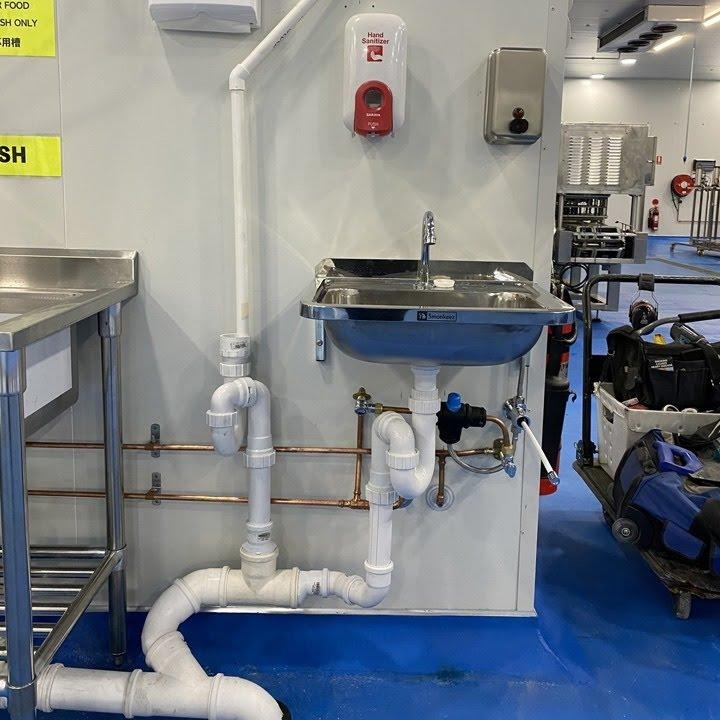Key Takeaways
Homes sell at different speeds due to pricing, presentation, marketing, market conditions, and seller flexibility.
A competitive pricing strategy is the cornerstone of attracting early buyer interest and strong offers.
First impressions matter—both curb appeal and interior staging can make or break enthusiasm.
High-quality marketing, including photos and virtual tours, expands reach and accelerates buyer decisions.
Market timing and conditions play a major role, but adaptability and negotiation flexibility keep sales moving quickly.
Introduction
The real estate market can feel unpredictable—some houses are purchased mere days after being listed, while others sit unsold for months. Homeowners often wonder why this difference exists and what steps they can take to ensure a fast, successful transaction. Addressing this gap starts with understanding the numerous factors influencing the speed of home sales, whether working with a traditional agent or seeking alternatives like house deals for a more streamlined process.
Buyer preferences, market trends, and sellers' approaches are crucial in determining how quickly a home will attract an offer. Whether you’re motivated to sell due to relocation, financial needs, or a lifestyle change, having an informed strategy is your best tool. Consider what distinguishes brisk home sales—and what keeps certain properties from attracting attention. The art of selling a home swiftly involves leveraging traditional sales strategies and being open to innovative solutions. Focusing on key principles allows you to position your property to stand out in any market.
Pricing Strategy: The Cornerstone of a Quick Sale
The listing price is one of the most powerful determinants of how swiftly a home garners interest. Overpriced homes tend to deter buyers, leading to greater time on the market, while competitively priced properties invite more showings and offers. According to a Realtor.com article, overpricing remains a common cause of listings becoming stale—a consequence that can harm overall sale value by necessitating subsequent price reductions.
A pricing strategy should consider recent comparable sales, market velocity, and buyer sentiment. The right balance attracts attention and increases the likelihood of generating a strong home offer early in the process. Sellers who consult with experienced agents or use data-driven online resources are better able to establish a price point that immediately draws interest.
Home Presentation: First Impressions Matter
Presentation is everything. A home's initial impact—both from the curb and upon entry—can significantly affect buyer enthusiasm. Simple efforts such as fresh landscaping and a welcoming entrance boost curb appeal and signal that the property is cared for.
Curb Appeal: The exterior, lawn, and entryway should be clean and inviting. Even basic landscaping updates can make a significant difference.
Interior Staging: Clear away clutter and arrange furniture to maximize space and light, helping potential buyers imagine daily life in the home.
Repairs and Upgrades: Tending small repairs and making cost-effective updates, like painting or updating fixtures, can help a home outshine the competition.
Marketing: Reaching the Right Audience
Getting a property in front of the right buyers is an essential step that hinges upon effective marketing. Professional listing photos make a powerful online first impression while virtual tours accommodate distant buyers and increase overall reach.
Professional Photography: Quality, well-lit photos are crucial for online listings, which are often the buyer's first interaction with the property.
Virtual Tours: Interactive, 3D tours and video walkthroughs open the home experience to more buyers and speed up decision-making.
Compelling Descriptions: A well-written listing should highlight not just features but the unique lifestyle benefits of the property.
According to a New York Times report, homes with virtual tours and quality images tend to generate more buyer interest and reduce time on market.
Market Conditions: Timing Is Everything
External market forces—such as interest rate shifts, buyer demand, and seasonal fluctuations—significantly affect how quickly homes sell. When borrowing costs are high or inventory is ample, even well-prepared homes may take longer to attract offers. A Redfin report notes that prolonged market times have become more common in recent years as affordability challenges persist.
Sellers who remain flexible and responsive to broader trends—adapting pricing and marketing approaches accordingly—are better positioned to navigate slower markets and accelerate their sales timelines.
Location: The Unchangeable Factor
While location can’t be changed, it’s often the single biggest driver of buyer interest. Proximity to shopping, schools, parks, and major employers all impact desirability. Buyers' decisions weigh heavily on safety, neighborhood appeal, and future area development.
Flexibility: Adapting to Buyer Needs
Finally, flexibility on the seller’s part can set a listing apart. A willingness to negotiate on pricing, timing, or inclusions such as appliances and fixtures often incentivizes buyers to place a quick offer. Accommodating requests for convenient closing dates or inspection timelines can smooth buyer concerns, demonstrating a commitment to a successful sale for all parties.
Final Thoughts
Selling a home quickly requires the right mix of strategy, preparation, and adaptability. By setting an appropriate price, maximizing presentation, employing sharp marketing tactics, staying in tune with the market, and maintaining flexibility, homeowners can dramatically improve their chances of a speedy transaction. In today’s complex market, every detail matters—and focusing on these principles is the surest way to a successful, fast sale.




Want to add a comment?